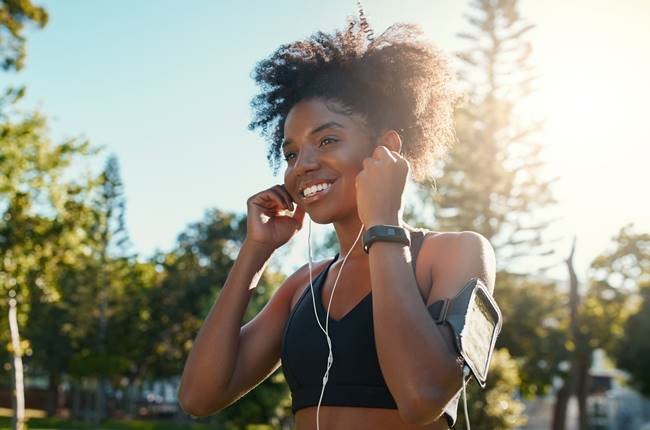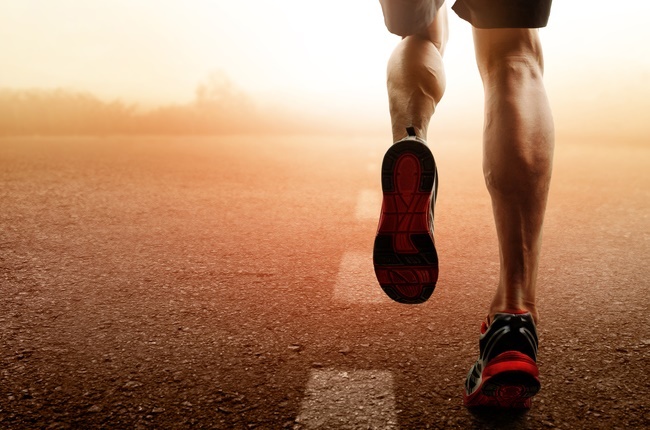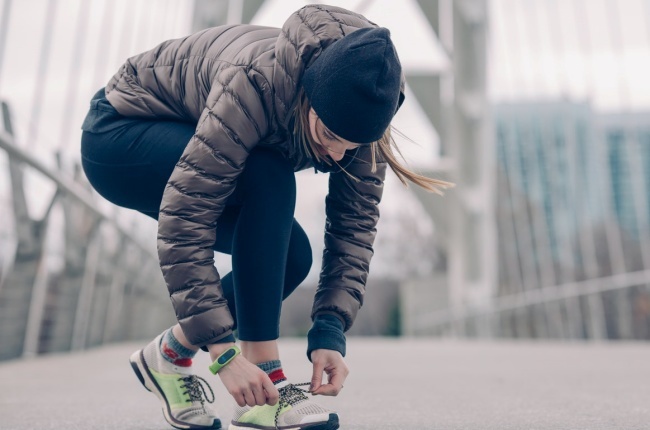
- Listening to music improves one’s workout experience in more ways than one
- An online clothing store has shared Spotify’s global top ten runners’ songs
- The number of beats per minute of these songs is one of the reasons why they’re so popular
Listening to music while working out has been proven to up our enjoyment of exercise – while also improving the quality of our workout.
An analysis by SportShoes.com revealed the top ten songs on runners’ playlists around the world. This is based on data from the music streaming service Spotify. Some of the top genres include EDM (not surprisingly due to its movement-inducing beat), hip hop and pop.
The 10 most popular running songs on Spotify are:
1. Work B**ch – Britney Spears
2. Blinding Lights – The Weeknd
3. Roses (Imanbek Remix) – SAINt JHN
4. Eye of the Tiger – Survivor
5.Titanium (feat. Sia) – David Guetta
6. Can’t Hold Us – (feat. Ray Dalton) – Macklemore & Ryan Lewis
7. Can’t Stop The Feeling! – Justin Timberlake
8. Uptown Funk (feat. Bruno Mars) – Mark Ronson
9. This Is What You Came For (feat. Rihanna) – Calvin Harris
10. Lose Yourself – Eminem
SportsShoes.com attributes the “inspirational lyrics and driving beat” of “Work B**ch” By Britney Spears to being number one on the list. The number of beats per minute of each song was also included as a reason for the songs topping the list.
However, when it came to the top artist featured on running playlists, Calvin Harris came in first place. Other top artists include Eminem at number two, David Guetta at number three, Drake coming in fourth place followed by Kanye West, Lady Gaga, Rihanna, Avicii, Ed Sheeran and Pitbull at number ten.
These songs also have high bpm (beats per minute) which range between 109 and 171 bpm. This could be another factor contributing to why they are a part of running routines around the world.
According to a study in the Frontiers in Psychology, journal, music with higher tempos improves the quality of exercise. The Italian researchers stated: “We found that listening to high-tempo music while exercising resulted in the highest heart rate and lowest perceived exertion compared with not listening to music. This means that the exercise seemed like less effort, but it was more beneficial in terms of enhancing physical fitness.”
Interestingly, there is also a top ten list of Disney running songs. Number one on the Disney top ten list for runners is “When Will My Life Begin” from the 2010 movie “Tangled”. SportsShoes.com describes the track as being “the perfect warm-up track”.
The list compiled by SportsShoes.com is as follows:
1. When Will My Life Begin? – Mandy Moore – Tangled
2. Let It Go – Idina Menzel – Frozen
3. How Far I’ll Go – Auli’i Cravalho – Moana
4. You’re Welcome – Dwayne Johnson – Moana
5. Circle of Life – Carmen Twillie – The Lion King
6. Try Everything – Shakira – Zootopia
7. Go The Distance – Roger Bart – Hercules
8. Life is a Highway – Rascal Flatts – Cars
9. Be Our Guest – Angela Lansbury – Beauty & The Beast
10. I’ll Make a Man Out of You – Donny Osmond – Mulan
With research suggesting that working out with music has multiple benefits, it should be well worth giving some of these tracks a try for motivation and making workouts more fun. For advice on running and appropriate gear, visit SportsShoes.com





